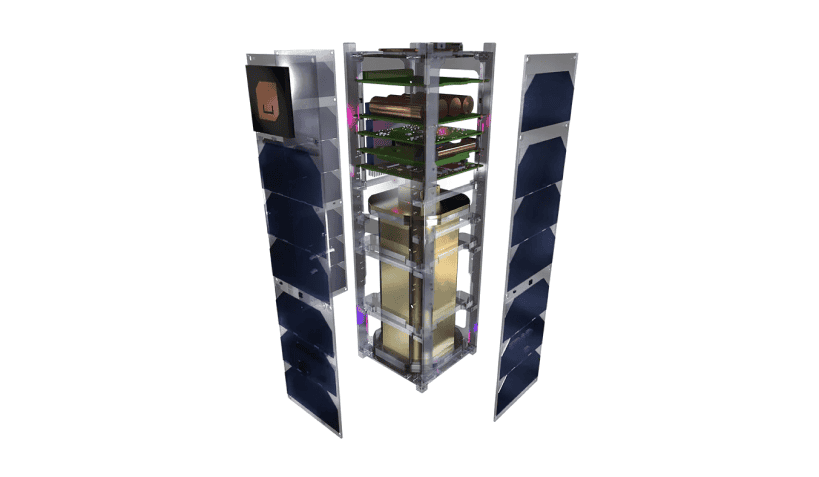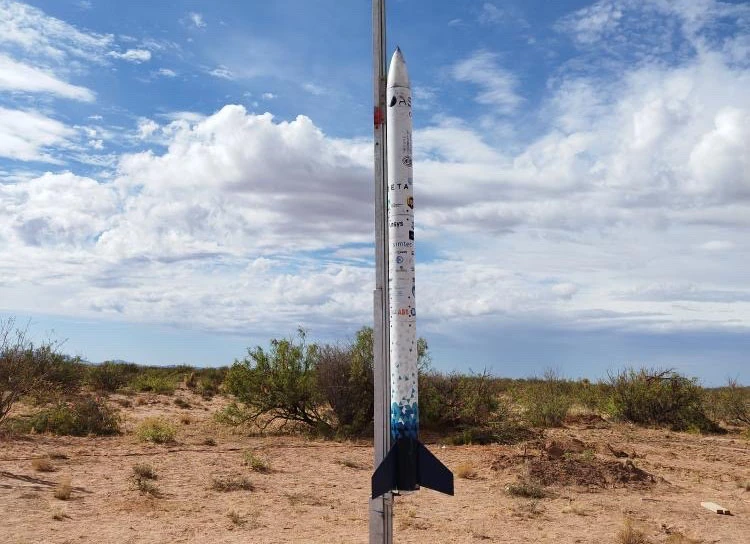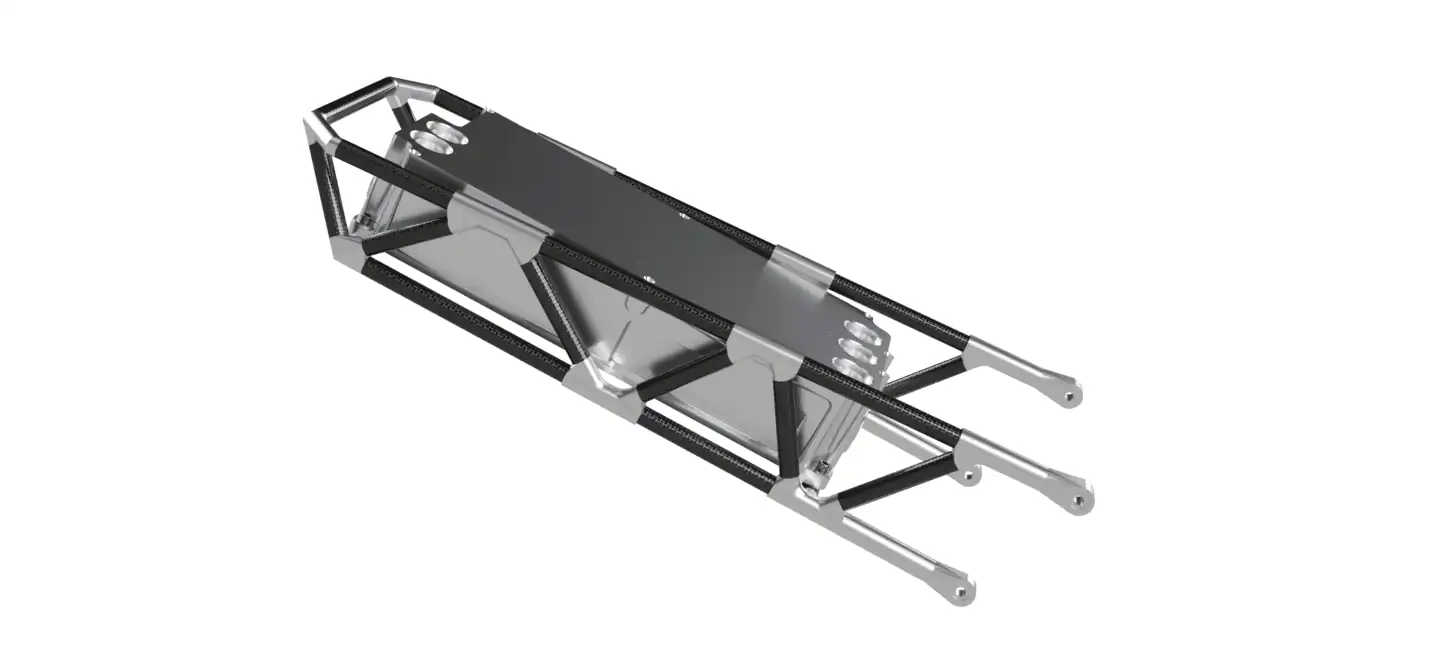Hi! We’re SpaceDot, a non-profit, interdisciplinary student team from Aristotle University of Thessaloniki (Greece). Our goal is to pioneer innovative space applications and expand the potential of open-source space research. We use open-source tools throughout our projects and are committed to sharing our findings with the community. All of our work—including code, models, designs, and documents—can be found on AcubeSAT GitLab page under an open license.
In our previous story, we shared how we designed and built AcubeSAT—a 3U (30x10x10 cm) nanosatellite carrying a biological payload of yeast cells—to explore the limits of open-source space biology. We detailed the challenges of creating a system capable of studying over 100 different proteins under the extreme conditions of space. Now, after our first experiments and initial testing, we’re excited to share how we’ve refined our approach, tackled new engineering challenges, and brought AcubeSAT closer to its ultimate mission in orbit.

A Miniature Lab for Microorganisms in Space
Our approach was to create a fully equipped miniature lab with a modular payload—designed not only to meet our mission’s requirements but also to allow for easy scaling and part interchangeability.
To achieve this, we designed a pressurised container filled with air, a fluidic system that provides nutrients to the cells, an imaging system to monitor growth, and a sophisticated electronics system to manage all functionalities, along with other essential components. Out of all these, one component holds a special significance in the experiment: the fluidic manifold.

Creating a Reliable Fluidic Manifold for Space Missions
To thoroughly examine the effects of the space environment, multiple experiments need to be run in orbit. This required a component that could precisely divide and control the nutrient fluid flow.
Initially, the team considered a complex tubing system, but its numerous failure points made it unsuitable for the reliability standards of any space mission. This led us to adopt a manifold design—a lightweight, compact component with one inflow and one outflow point that controls the flow within its structure to keep the cells nourished.
Manufacturability and material choice were as crucial as functionality and had to be integrated into the design from the start. To meet the intricate requirements of our manifold design, we began with 3D printing. Initially, we used FDM printing to conceptualise the design, but this method wasn’t viable for space applications due to air bubbles trapped between layers. So, we switched to SLA printing, which offered greater precision and quality.

While the initial results were promising, we soon realised that the numerous fittings needed to keep the component leak-proof could not be assembled correctly using this method. The design had to be reimagined.
At that point, we made a bold decision to simplify the design significantly, allowing it to be manufactured with machining to achieve better precision and tolerances. As we redesigned, we also recognised the need for a partner who could produce a high-precision part as a prototype—and that’s when we reached out to Xometry.
Proof of Concept: Testing the CNC Prototype
When we finally received our CNC aluminum prototype, it was clear that the design had been successfully realised. We began rigorous testing right away to ensure the prototype met our project’s demanding requirements.

Preliminary tests, including valve assembly and fluid distribution tests, showed great promise for the functionality of the part. Although minor redesigns are necessary, we’re confident that we’re on the right path and that the hard work has been worth it. Seeing a physical part after months of digital design is a reward every engineer looks forward to.
Moving to the Final Stage of Environmental Testing
With the project rapidly progressing, we’re excited for the upcoming stages. The next step in our journey is testing the payload under the extreme conditions of space. Our design will be put to the test at ESA’s facilities in Belgium, where it will be subjected to launch and in-orbit simulations. This testing phase will be the final validation of our design’s resilience and readiness for space.
With launch preparations underway, we’re thrilled to bring AcubeSAT closer to its mission. Send us your good vibes as we approach this pivotal stage!
If you were designing for space, what challenges would you tackle first? What comes to mind when you think about the unique demands of working beyond Earth? Share your ideas with us!
Share Your Engineering or Product Design Story
Share Your Story!
Share your engineering and product design journey and get a €300 reward! Showcase your innovative solutions and best practices with our community.
 Europe
Europe  Türkiye
Türkiye  United Kingdom
United Kingdom  Global
Global 

 Login with my Xometry account
Login with my Xometry account  0
0











Comment(0)